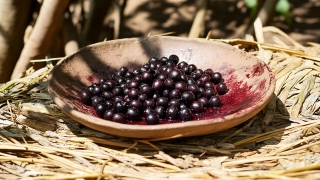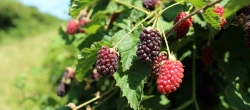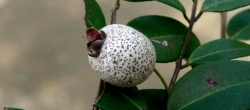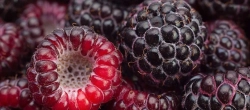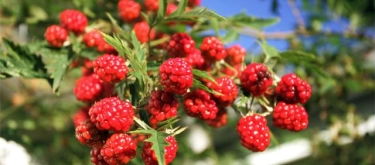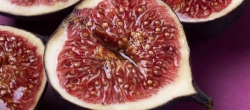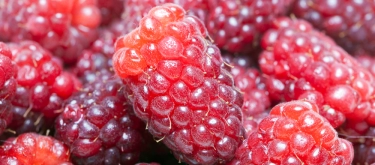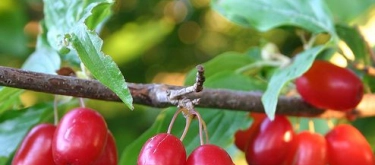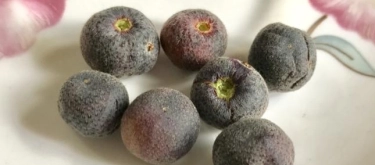Miracle Berry: Taste Profile, Aroma, Benefits and Health Risks
Miracle berry (Synsepalum dulcificum), also called miracle fruit, is a small red berry native to West Africa. Famous for its unique ability to make sour foods taste sweet, it has become a sensation in food science, culinary experimentation, and “flavor-tripping” events worldwide.
Miracle berry is well-tolerated by most people. Allergic reactions are rare but may occur in individuals sensitive to tropical fruits. The berry is very low in calories and sugar, making it suitable for most diets, including diabetic. There are no known major allergens, but, as with all new foods, those with multiple fruit allergies should try with caution.
What does Miracle Berry taste like?
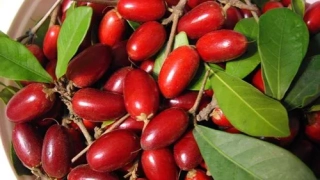
Complete Sensory Description
Miracle berry itself has a very mild, slightly tangy taste with a gentle sweetness, but its true sensory uniqueness appears after eating the fruit.
First impression: The fresh berry is tender, with thin skin and juicy, slightly tangy pulp that some describe as faintly sweet with a subtle cranberry-like note.
Development: After chewing and moving the pulp around the mouth, the berry leaves a barely noticeable flavor. Within a minute, it causes a dramatic shift: any acidic or sour food (like lemon, vinegar, or lime) tasted immediately after will seem sweet, almost candy-like, with their sourness “muted” or masked.
Aftertaste: The berry itself leaves little aftertaste. The effect on the taste buds persists for 20 to 60 minutes, making normally tart foods taste unexpectedly sugary.
Texture: The berry is soft, with a single large seed. The pulp is moist and easily separates from the seed.
Appearance: Small (1–2 cm), oval, bright red berries with smooth skin and a shiny finish.
In-depth Flavor Analysis
Miracle berry’s extraordinary effect is due to the glycoprotein miraculin. This protein binds to taste buds and, under acidic conditions (when eating sour foods), activates sweet taste receptors, making sour foods taste intensely sweet. The berry itself contains minimal sugar or acid, but miraculin is stable in the mouth for up to an hour, altering flavor perception. Heat destroys miraculin, so only fresh or freeze-dried berries have the effect. No other fruit produces a similar transformation.
Varieties and Culinary Applications: Practical Chef Recommendations
-
Fresh miracle berries:
-
Used for: Consumed on their own before tasting sour foods to create the “miracle” effect. Popular at “flavor-tripping” parties and culinary tastings.
-
Chef’s advice: Use miracle berry before serving lemon, lime, vinegar, grapefruit, or sour dairy—these foods will taste sweet, making for unique tasting menus.
-
-
Freeze-dried miracle berry tablets:
-
Used for: Same effect as fresh berries; convenient for travel, restaurants, and events.
-
-
Pairings:
-
Lemons, limes, grapefruits, rhubarb, vinegar-based dressings, goat cheese, and even some strong blue cheeses are transformed to taste sweet and mild.
-
Chefs sometimes use miracle berry in desserts for people on low-sugar diets, letting natural acidity provide the “sweet” flavor without added sugar.
-
In molecular gastronomy, miracle berry is used to create surprising, playful tasting experiences.
-
Selection and Storage
Fresh miracle berries should be bright red, plump, and free of mold. They are highly perishable—keep refrigerated and consume within a few days. Freeze-dried miracle berries or tablets should be stored in airtight containers away from heat and moisture for long-term use.
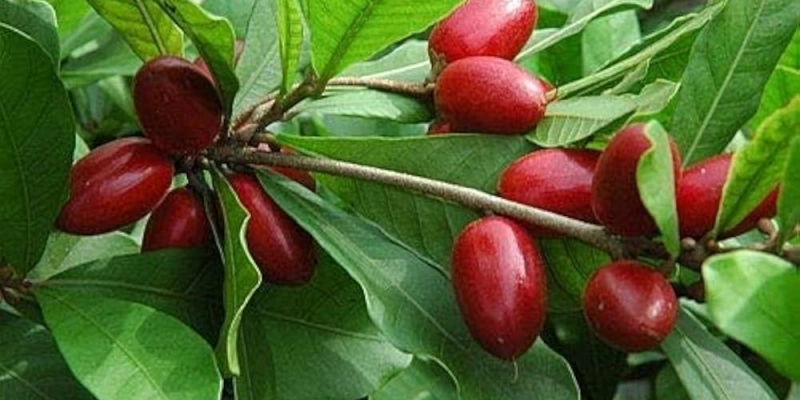
Nutritional Insights
Miracle berry is extremely low in calories, sugar, and fat. It provides small amounts of vitamin C, fiber, and antioxidants, but its primary nutritional value is as a flavor enhancer for those restricting sugar. Contains no artificial sweeteners or added sugars.
Modern Culinary Trends
Miracle berry is popular at tasting events, among foodies, and with those seeking sugar-free alternatives for sweet flavors. Used in some restaurants and culinary schools to teach about taste perception. Increasingly found in the health food market as a natural flavor modifier for diabetics or people on calorie-restricted diets.
Interesting and Curious Facts
Miracle berry has been used in West Africa for centuries to sweeten fermented grains and sour porridges. In the 1970s, there was an attempt to commercialize it as a sugar substitute in the US, but it was classified as a food additive by the FDA. The effect of miraculin is unique in nature, making miracle berry the only known fruit that “rewires” taste perception so dramatically.
Harm and Dietary Considerations
No toxicity has been reported. Excessive consumption may temporarily make other foods taste odd or bland. Rare allergic reactions possible in people sensitive to tropical fruits. Safe for pregnant and breastfeeding women in normal amounts.
Religious Dietary Considerations
Miracle berry is plant-based and fully acceptable in Halal, Kosher, Hindu, and Buddhist diets. No restrictions.
Final Thoughts & Sensory Journey
Miracle berry doesn’t impress with its own taste but amazes with its power to transform sour into sweet, creating an unforgettable and playful tasting experience. It’s a fruit that turns eating into a surprising adventure.
Resources
-
Davidson, A. (2014). The Oxford Companion to Food. Oxford University Press. ISBN 978-0199677337
-
McGee, H. (2004). On Food and Cooking: The Science and Lore of the Kitchen. Scribner. ISBN 978-0684800011
-
Journal of Agricultural and Food Chemistry, 2008, "Miraculin, a Taste-Modifying Protein"
-
Yamaguchi, K. et al. (1972). "Purification and Properties of Miraculin from Miracle Fruit." Agricultural and Biological Chemistry.
